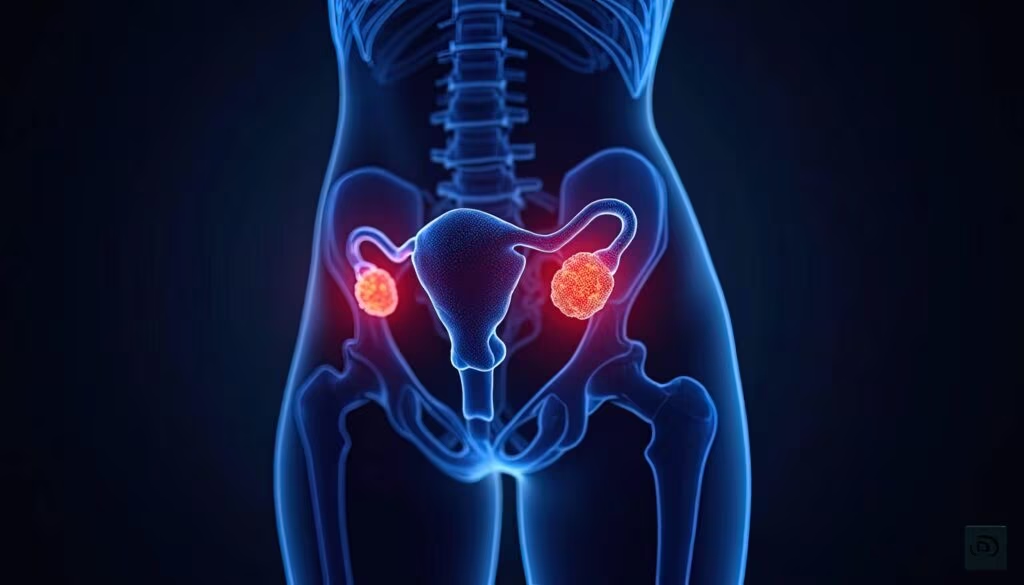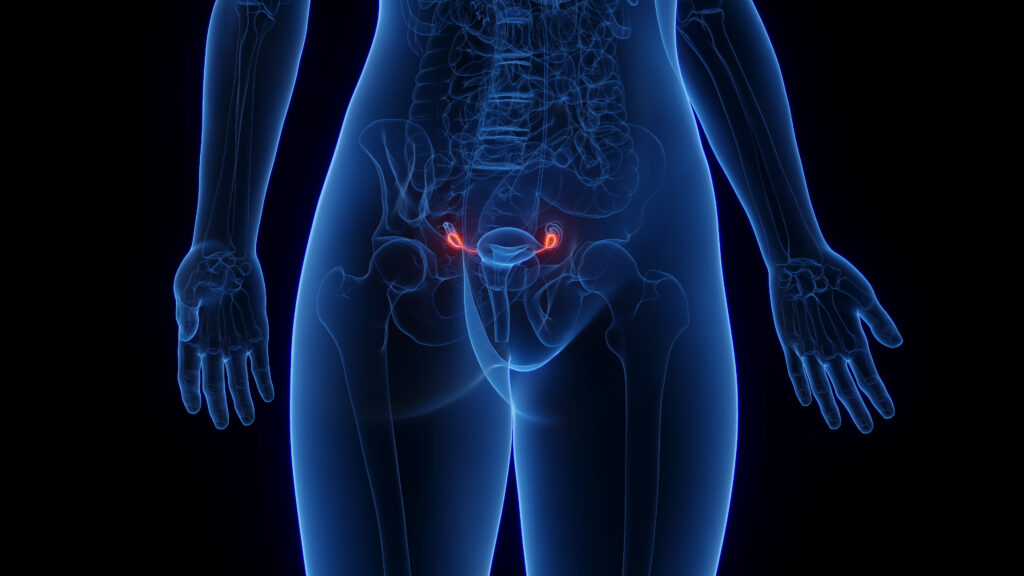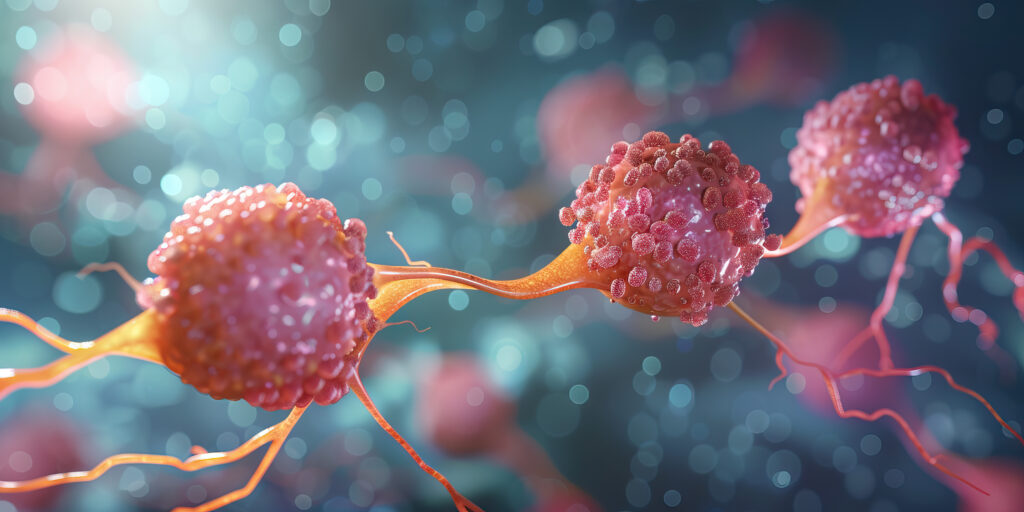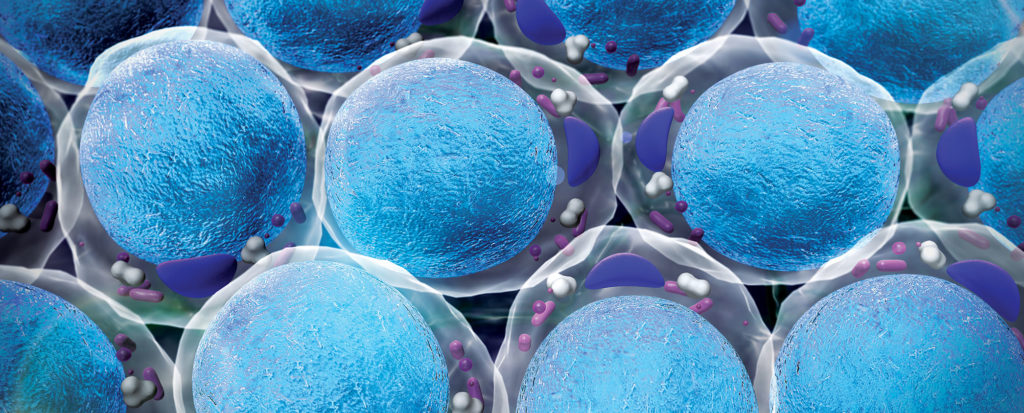Androgen deficiency in the ageing male (ADAM) has become a topic of much interest and debate. With an increasing percentage of the male population now falling into the older age bracket, the principal questions raised are whether older hypogonadal men affected by late-onset hypogonadism (LOH) will benefit from testosterone treatment and what will be the risks associated with such intervention.
Androgen deficiency in the ageing male (ADAM) has become a topic of much interest and debate. With an increasing percentage of the male population now falling into the older age bracket, the principal questions raised are whether older hypogonadal men affected by late-onset hypogonadism (LOH) will benefit from testosterone treatment and what will be the risks associated with such intervention.
Demographics clearly indicate that the population of the world is ageing, with life expectancy rapidly increasing by three months every year in the developed world. In Europe, the percentage of the population over 60 years represented approximately 20% in 2000 and will represent more than 30% in 2025. Data support the concept that testosterone levels fall progressively with age and that a significant percentage of men over the age of 60 years have serum testosterone levels that are below the lower limits.
The past decade has brought evidence of the benefit of androgen treatment on multiple target organs of hypogonadal men, and recent studies show short-term beneficial effects of testosterone in older men that are similar to those in younger men with primary hypogonadism. Long-term data on the effects of testosterone supplementation in the older population are limited, and specific risk data on the prostate and cardiovascular systems are needed. Answers to key questions of functional benefits that may retard frailty of the elderly are not yet available.
Late-onset Hypogonadism
LOH is a clinical and biochemical syndrome associated with advancing age and characterised by a deficiency in serum androgen levels (hypogonadism), with or without a decreased genomic sensitivity to androgens. It may affect the function of multiple organs adversely and may result in significant detriment in the quality of life. The syndrome is primarily characterised by:
- the easily recognised features of diminished sexual desire (libido) and erectile quality and frequency, particularly nocturnal erections;
- an increase in abdominal fat;
- a decrease in lean body mass with associated diminution in muscle volume and strength;
- a decrease in bone mineral density, resulting in osteopenia, osteoporosis and increased risk of bone fractures;
- changes in mood, with concomitant decreases in intellectual activity, cognitive functions and spatial orientation ability, as well as increases in fatigue, depressed mood and irritability;
- a decrease in body hair and skin alterations; and
- sleep disturbances.
Clinical Evaluation/questionnaire
Clinical evaluation is usually based on different questionnaires, the most frequently used being ADAM, the Massachusetts Male Aging Study (MMAS) and the Aging Male Symptoms (AMS) rating scale. These all have high sensitivity, but very low specificity.
Biochemical Investigations
In patients suspected of LOH, a thorough physical and biochemical work-up is mandatory, and the following biochemical investigations should be carried out. A serum sample for total testosterone determination should be obtained between 07.00 and 11.00 hours. The most widely accepted parameters to establish the presence of hypogonadism are the measurement of total testosterone and free testosterone calculated from measured total testosterone and sex hormone binding globulin (SHBG) or measured using a reliable free testosterone dialysis method. There are no limits of normal and it is unclear whether geographically different thresholds depend on ethnic differences or on the physician’s perception. There is, however, general agreement that total testosterone levels above 12nmol/litre (346ng/dl) or free testosterone levels above 250pmol/litre (72pg/ml) do not require substitution. Similarly, based on the data of younger men, there is consensus that serum testosterone levels below 8nmol/litre (231ng/dl) or free testosterone levels below 180pmol/litre (52pg/ml) require substitution. Since symptoms of testosterone deficiency become manifest between 12nmol/litre and 8nmol/litre, trials of treatment can be considered in those in whom alternative causes of these symptoms can be excluded. It should be noted that, as there are variations between laboratories in the reagents and normal ranges, the cut-off values given for serum testosterone and free testosterone may have to be adjusted depending on the reference values given by each laboratory.
Salivary testosterone has been shown to be a reliable substitute for free testosterone measurements, but cannot be recommended at this time because the methodology has not been standardised and adult male ranges are not available in most hospital or reference laboratories. If testosterone levels are below or at the lower limit of the accepted normal adult male values, it is recommended that a second determination be performed together with assessment of serum luteinising hormone (LH) and prolactin.
Significant Alterations in Other Endocrine Systems
It is recognised that significant alterations in other endocrine systems occur in association with ageing, but the significance of these changes is not well understood. In general terms, determinations of thyroid hormones, cortisol, dehydroepiandrosterone (DHEA), DHEA sulphate (DHEA-S), melatonin, growth hormone (GH) and insulin-like growth factor 1 (IGF-1) are not indicated in the uncomplicated evaluation of LOH. If endocrine disorders are suspected, assessment of these and other hormones may be warranted. Diabetes mellitus type 2 is a frequent disorder of ageing men, but it is unclear what effect testosterone has on blood sugar and insulin sensitivity. Thus, until positive effects of testosterone on blood sugar control are definitively demonstrated, diabetes should be evaluated and treated before or simultaneously with testosterone substitution. In ageing men with the major complaint of erectile dysfunction, lipids and cardiovascular status should be assessed.
Testosterone Administration
A clear indication, based on a clinical picture together with biochemical evidence of low serum testosterone, should exist prior to the initiation of testosterone substitution. Testosterone administration is absolutely contraindicated in men suspected of or having carcinoma of the prostate or breast. Men with significant polycythaemia, untreated sleep apnoea and severe heart failure are not candidates for testosterone supplementation, and severe symptoms of lower urinary tract obstruction due to an enlarged, clinically benign prostate should not be treated with testosterone before successful treatment of the obstruction. Age as such is not a contraindication to initiate testosterone substitution.
Preparations of natural testosterone should be used for substitution therapy. Available intramuscular, subdermal, transdermal, oral and buccal preparations of testosterone are safe and effective when used correctly, but their efficacy will depend on the primary target and organ system in question. Table 1 lists some of these treatments. The physician should have sufficient knowledge and adequate understanding of the pharmacokinetics and the advantages and drawbacks of each preparation. The selection of the preparation should be a joint decision of the patient and the physician and will depend on safety, availability, convenience, cost and individual preference. The possible development of an early contraindication during treatment requires rapid discontinuation of testosterone substitution. The efficacy of treatment should be based on improvement in clinical symptoms rather than biochemical changes. There are inadequate data to determine the optimal serum testosterone level for efficacy and safety. Currently, medium to low young adult male serum testosterone levels seem appropriate and should be the therapeutic goal. Supra-physiological levels must be avoided; it may appear desirable, but no evidence exists for or against the need to maintain the physiological circadian rhythm of serum testosterone levels.
Treatment Guideline Recommendations
The following guidelines are based on a recent consensus document produced by the International Society of Andrology (ISA), the International Society for the Study of the Aging Male (ISSAM) and the European Association of Urology (EAU):
- Improvement in signs and symptoms of testosterone deficiency should be sought, and failure to benefit from clinical manifestations should result in discontinuation of treatment. Further investigation for other causes is then mandatory.
- Some men with erectile dysfunction and low serum testosterone may not respond adequately under testosterone treatment alone. In such cases, addition of phosphodiesterase 5 (PDE5)-inhibitors may be indicated. Similarly, men with erectile dysfunction not responding to PDE5-inhibitors may have low serum testosterone and require testosterone substitution.
- Bone density increases under testosterone substitution and fracture rates may be reduced. Therefore, assessment of bone density at two-year intervals may be advisable.
- Digital rectal examination (DRE) and determination of serum prostate-specific antigen (PSA) are mandatory in men over the age of 45 years as baseline measurements of prostate health prior to therapy with testosterone, at quarterly intervals for the first 12 months and yearly thereafter. Transrectal ultrasound-guided biopsies of the prostate are indicated only if the DRE or serum PSA levels are abnormal.
- Testosterone normally results in improved mood and wellbeing. The development of negative behavioural patterns during treatment calls for dose modifications or discontinuation of therapy.
- Polycythaemia occasionally develops during testosterone treatment. Periodic haematological assessment is indicated before treatment, three times monthly for one year and then annually.
- Men successfully treated for prostate cancer and suffering from confirmed symptomatic hypogonadism are candidates for testosterone substitution after a prudent interval if there is no evidence of residual cancer. The risks and benefits must be clearly understood by the patient, and follow-up must be particularly careful. No reliable evidence exists in favour of or against this recommendation. The clinicians must exercise good clinical judgement together with adequate knowledge of advantages and drawbacks of testosterone therapy in this situation.
- Alkylated androgen preparations, such as 17α-methyl testosterone, are obsolete because of their potential liver toxicity and should no longer be prescribed.
- There is not enough evidence to support the recommendation of a substitution with dihydrotestosterone (DHT) in ageing men, and there is no evidence to support the recommendation of other androgen preparations, such as DHEA, DHEA-S, androstenediol or androstenedione, for treatment.
- Human chorionic gonadotropin (hCG) stimulates testosterone production of Leydig cells, albeit at a lower rate in older than in younger men. As there is insufficient information about the effects and side effects of hCG treatment in older men, this treatment cannot be recommended in LOH.
Benefits and Risks of Androgen Replacement Therapy
Androgen replacement therapy (ART) in hypogonadal men results in modest or no increase in prostate size, alterations in urine flow or elevations in PSA. Additionally, testosterone may also have an anti-inflammatory effect on the prostate. In patients with hypogonadism, supplementation of androgens reduces serum inflammatory cytokines. In the murine model of spontaneous non-bacterial chronic prostatitis, castration or treatment with oestrogen worsens the inflammation, while testosterone replacement improves it. Testosterone may exert both anti-inflammatory and pro-oxidant effects on the prostate. Currently, there is no evidence on the influence of ART on proliferative inflammatory atrophy (PIA), i.e. precancerous lesions. Table 2 refers to the potential benefits and risks of ART.
ART and Prostate Cancer
The relationship between testosterone and prostate cancer remains unclear and controversial. Since the pioneer work of Huggins, showing that testosterone deprivation through castration or administration of oestrogen is beneficial for advanced prostate cancer, administration of testosterone has usually been considered to be detrimental and to increase the risk of prostate cancer. This can, most probably, be the case if prostate cancer is present, but there is no evidence that administration of testosterone can induce the appearance of prostate cancer if it is non-existent. On the contrary, more recent studies have shown that hypogonadal men may have a higher incidence of prostate cancer and that low total or free testosterone may be associated with more aggressive (Gleason score >7) and more extensive disease. It has to be considered that keeping an appropriate level of testosterone might be protective for prostate cancer. It must be remembered that there is a clear inverse relationship between the decrease of testosterone with age and the opposite increase of prostate cancer incidence with age. Finally, androgen deprivation through surgical or chemical castration is only a palliative treatment of advanced disease and almost all men dying from advanced metastatic prostate cancer are castrated and have no testosterone.
There is a paucity of large longitudinal studies assessing the specific issues of prostate safety and ART in hypogonadal men. Most studies have clearly shown that ART is safe and that the alteration in size, urinary flow and elevations of the PSA are, as a rule, insignificant. On the other hand, a subclinical carcinoma may become manifest during ART.
As stated above, men successfully treated for prostate cancer and suffering from confirmed, symptomatic hypogonadism are candidates for ART after a prudent interval, if there is no evidence of residual cancer. The risks and benefits must be clearly understood by the patient and the follow-up must be particularly careful. No reliable evidence exists in favour of or against this recommendation. The clinician must exercise good clinical judgement together with adequate knowledge of the advantages and drawbacks of androgen therapy in this situation.
Conclusions
A thorough understanding of the risks and benefits of ART should be established in each case of LOH before a treatment plan is executed. The urologist is in a privileged position to diagnose an initial disorder, such as benign prostatic hyperplasia (BPH), prostate cancer and erectile dysfunction in ageing males and he/she is also best qualified to monitor any serious side effects of hormonal supplementation on the prostate. Continued debate and further clinical studies and research will prove indispensable to this particular field of medicine; at present, however, there is little evidence to suggest that the risks outweigh the significant benefits of testosterone therapy. Ultimately, ART can mean an improved quality of life for men suffering from LOH. ■
A version of this article, with further reading, can be found in the Reference Section on the website supporting this business briefing (www.touchbriefings.com).












